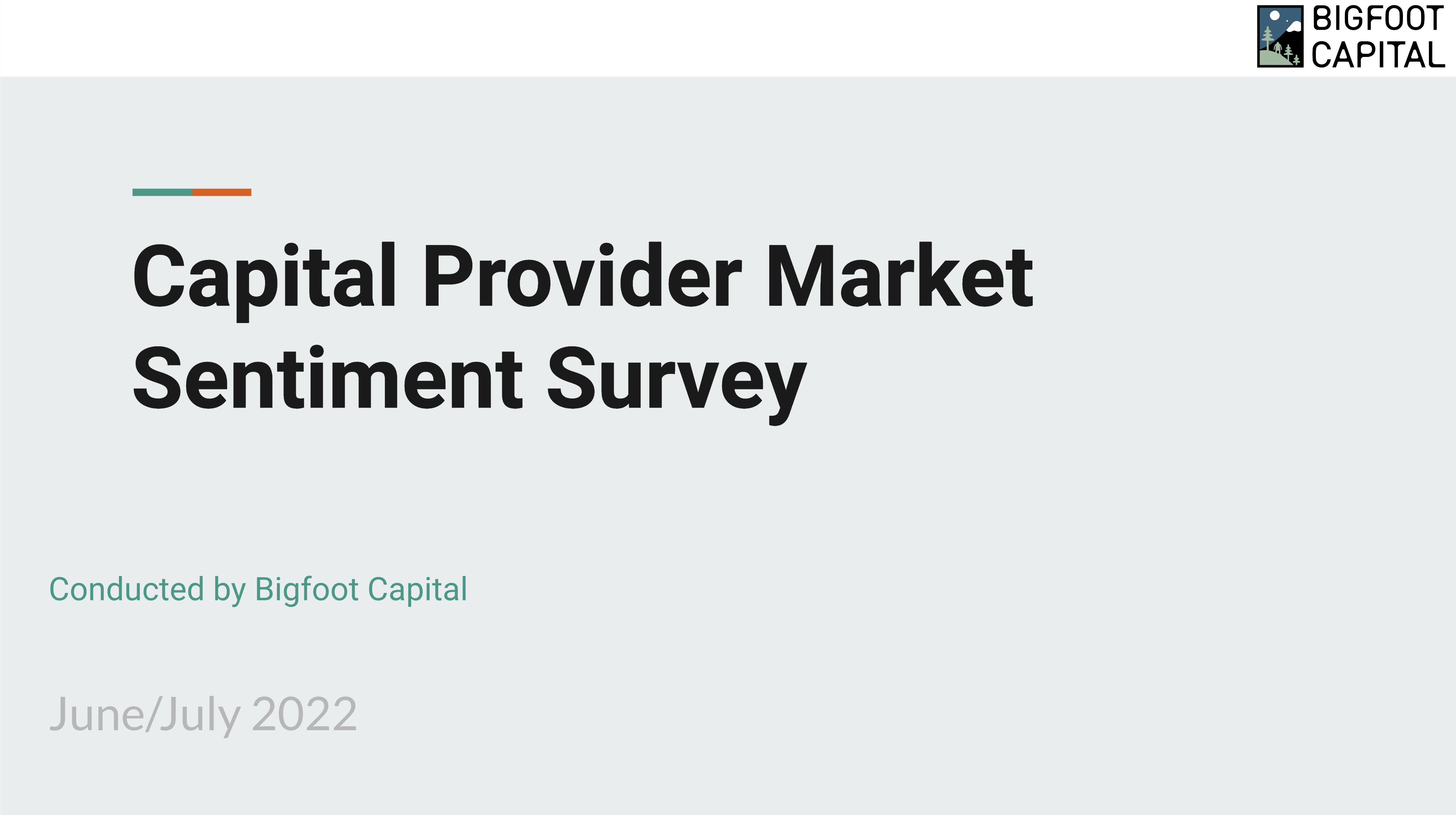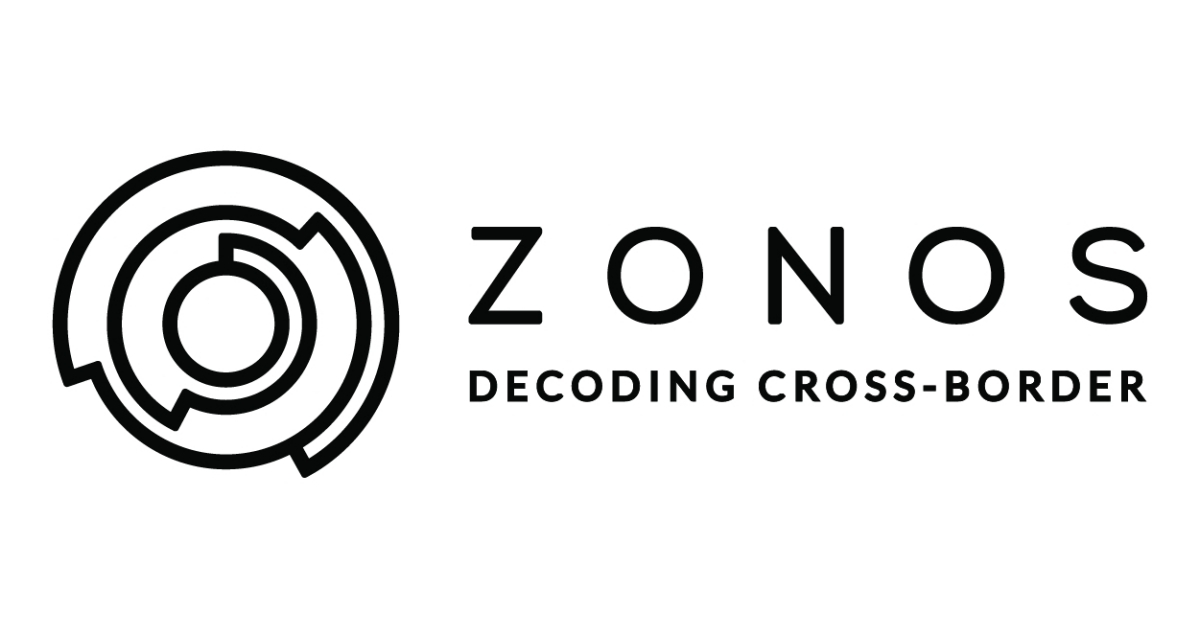
How We Think About Markets as a SaaS Lender. Venture capital is all about multi-billion dollar total addressable markets (TAMs) as the entry fee.
If you’re not able to make a convincing case that you’re pursuing a massive TAM and that your team can eventually gain significant market share to have a huge exit, you’re charging up a very steep hill when approaching VCs.
As a guy who’s done a lot of market sizing — bottom-up, top-down, diagonally (maybe not) — I understand the exercise, it’s relevance and its pitfalls. I’ve also experienced that it’s easy to get caught up in it and waste a lot of time with intricate analysis that detracts from much more important work.
At Bigfoot, we have a different view. Addressing a massive market opportunity, in fact, is not necessary for the vast majority of software companies to succeed and have meaningful, rewarding outcomes.
So, we’ve designed an investment thesis and process that does not even consider it. Simply put, we don’t need the companies we invest in to be operating in multi-billion dollar TAMs and have “Unicorn” profile outcomes for us and them to succeed.
We like niche markets and verticalized software. Instead of TAM, we care about things like proven product value from high quality revenue paired with a capital efficient growth plan.
So, let’s not talk about TAM. I won’t ask you about it. I don’t want to hear you pitch me on it.
Instead, let’s talk about the dynamics of your market — Why are you in it? What do customers need? How do you deliver on it? How do you compete?
Here’s how we think about market dynamics for both “large” (or broad) markets vs. “small” (or focused) markets.
Large markets — where VCs focus
– Product Offering: Generic. e.g., Document storage (Box), CRM (SalesForce), Email marketing (Mailchimp).
– Potential Customer base: Horizontal in nature. Everyone who needs to do whatever generic task they’re addressing is a potential customer! I’m not knocking this. It obviously works out very, very well for some companies for whom it’s actually a viable hypothesis.
– Customer acquisition: It’s more expensive to reach customers given such a broad market (too much blue ocean), so a lot of channels/touchpoints are required.
– Competition: It’s harder to stand out. There’s more noise, less differentiation and more pricing pressure. Often, you’re also competing against companies with more funding.
– Capital Requirements: High. Inefficient customer acquisition spend with a lot of expensive marketing for reach, some of which will work, and longer sales cycles as buyers potentially have a multitude of fairly undifferentiated options. Venture capital flows here across multiple companies with the thought being that one can rise to the top and monopolize the opportunity. So, spend, spend, spend to grow grow grow!
Smaller markets as a SaaS Lender — where we focus
– Product Offering: Specialized. e.g., CRM for investment managers, digital marketing suite for independent attorneys, scheduling software for plumbers.
– Potential Customer base: Vertical in nature. My customers do “x” and I do “y” for them. Maybe there are 5k people / companies in the US that do “x,” so it’s a niche market.
– Customer acquisition: Lookalike customers that can be reached more efficiently and sold to in a similar fashion. There’s a greater potential for word of mouth as these are generally more collegial industries where folks hang out in the same places and share the same, exact problems. If you do a good job delivering value, you’ll be mentioned at the industry tradeshow cocktail hours and have strong inbound, organic opportunity flow. As a result, indicators of product-market fit should be quicker and more clear to come by than in a broader market.
– Competition: Less direct competition. Often more indirect (selling against spreadsheets and apathy), which presents its own challenges. But, you’re less likely to get run over by some heavily (over?) funded competitor.
Related Article: Selling SaaS: Are You the First Solution of Displacing an Incumbent?
– Capital Requirements: Does not require constant fundraising to grow. We believe there’s more opportunity for a machine / playbook here and retention should be better. Efficient customer acquisition means capital efficiency… which means you don’t need gobs and gobs of dilutive capital to remain in business. Bigfoot likes this.
As a SaaS Founder, once you’ve nailed your vertical and have dominant market share, you can decide what to do next. Do you want to go horizontal to other lookalike verticals where your product can serve the same function and you can execute the playbook you’ve developed and successfully executed in vertical #1?
Do that, and your TAM starts to expand and venture capital could be an interesting option. By that point, you’ll likely be well beyond seed/Series A/Series B, so you’ll take more money and less dilution to blow things out.
Those are my thoughts on markets as a SaaS Lender. Let my know what you think at bparks@bigfootcap.com.








